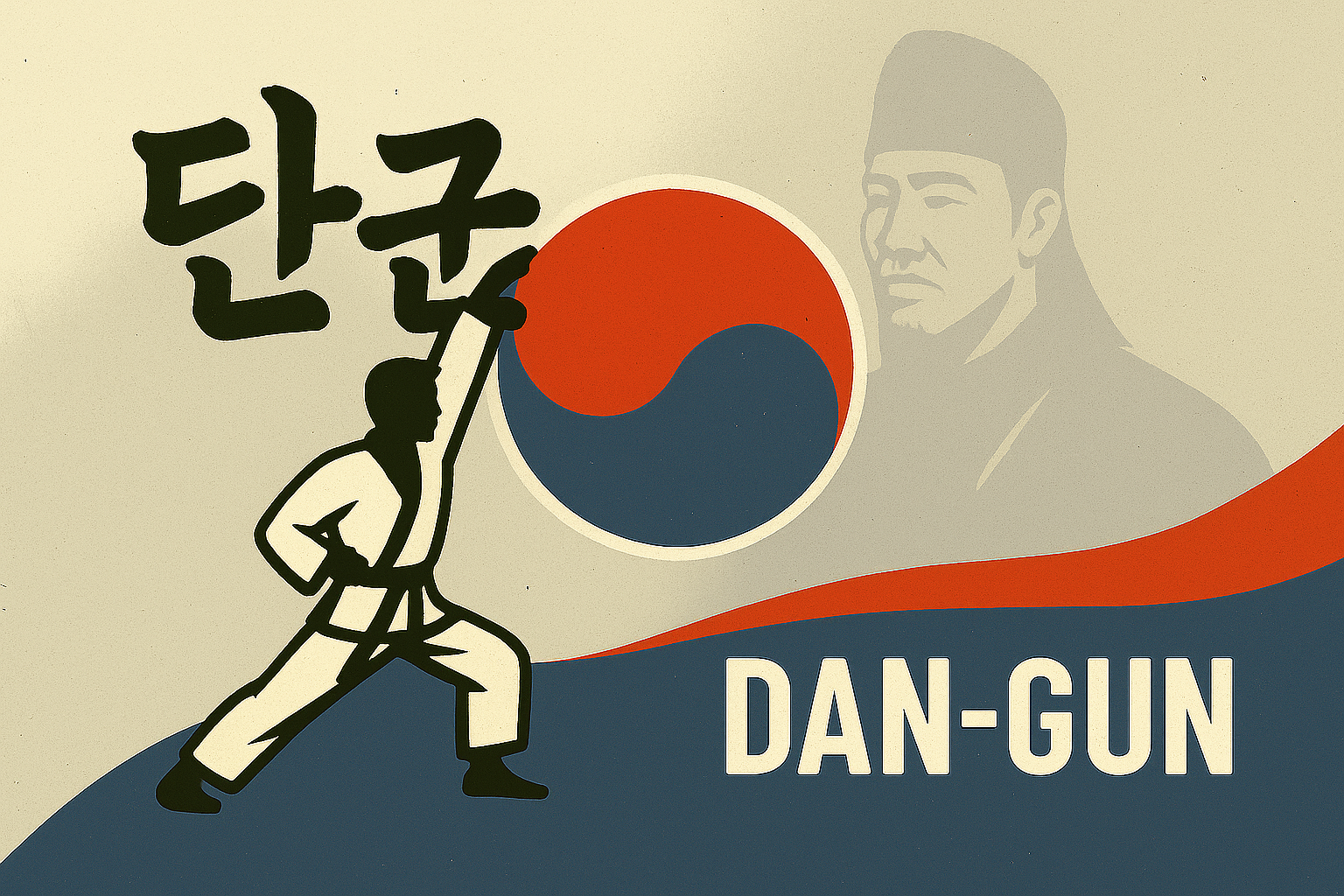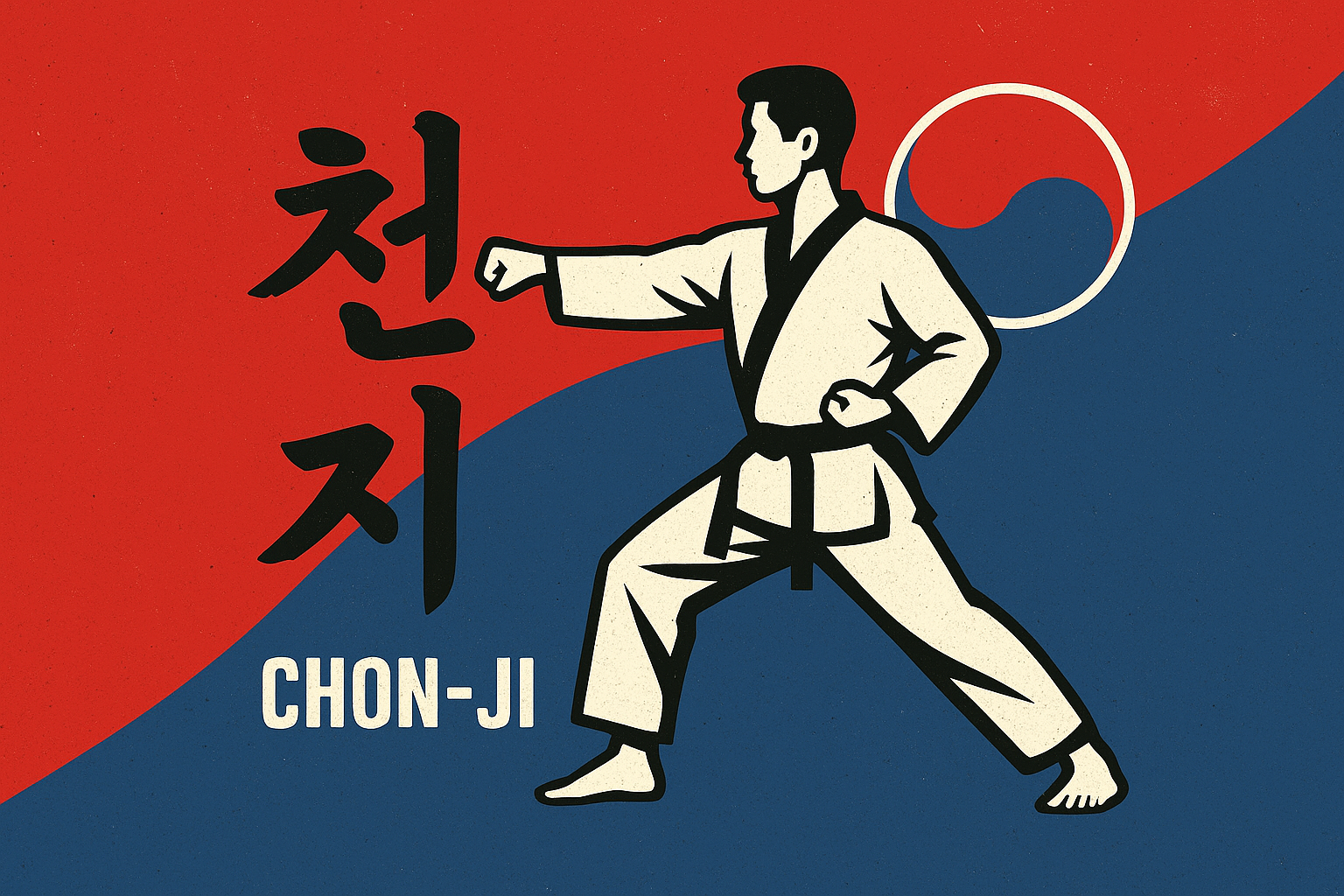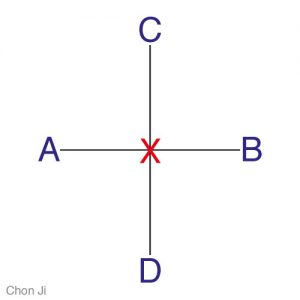Pattern Do-San Tul
The Next Step After Dan-Gun
If Dan-Gun Tul was your climb upward, then Pattern Do-San is the first work you do at the top. It’s where technique meets purpose – where what you can do with your hands and feet becomes useful because your head knows why.
You’ve learned to rise, to block, and to strike with intention. Do-San now asks for something different:
discipline applied as service.
It’s about movement that teaches, and techniques that carry a responsibility – to yourself, your dojang, and the art. No theatrics. Just solid, repeatable skill.
The Meaning Behind Pattern Do-San
Do-San (도산) — is the pseudonym of the patriot Ahn Chang-Ho (1878-1938), who devoted his entire life to furthering the education of Korea and its independence movement.
Named for a man who built a nation through learning and leadership, Do-San isn’t just a list of moves. It’s a short lesson in dedication, public service, and the idea that training is a tool to lift others, not just yourself.
Pattern Overview

- Number of Movements: 24
- Diagram Shape: (I-shape — with upward emphasis)
- Stances Used:
– Parallel Ready Stance (Narani Joon-Bi Sogi),
– Walking Stance (Gunnun Sogi),
– L-Stance (Niunja Sogi),
– Sitting Stance (Annun Sogi). - Techniques Introduced:
– Outer Forearm High Block (Bakkat Palmok Nopunde Makgi)
– Reverse Middle Punch (Baunde Kaunde Jirugi)
– Straight Fingertip Thrust (Son Sonkut Tulgi)
– Backfist Strike (Dung Joomuk Taerigi)
– Wedging Block (Heychio Makgi)
– Middle Front Kick (Kaunde Ap Chagi)
– Knife Hand Side Strike (Sonkal Yop Taerigi)
Do-San’s energy is upward and forward – not showy, but purposeful. The pattern links the compact control you’ve practiced so far to a more deliberate, offensive mindset that still defends first.
How to Approach the Pattern Do-San
Taekwondo isn’t a memory test perse. It’s an anatomy and intention test. Do-San asks you to place your body correctly and to keep the purpose clear in every motion.
Train with these principles: control, economy, and accuracy. Below is a practical sequence to guide your training sessions.
- Begin in Parallel Ready Stance (Narani Joon-Bi Sogi):
Calm stance. Breath steady. You’re starting a lesson, not a performance. - Outer Forearm High Block (Bakkat Palmok Nopunde Makgi):
Snap the block up with intent, including the twist of the hands (wrists) as they reach their target (To the Block site and to the hip). Keep the shoulder relaxed. Don’t over-rotate the hip; use a clean upward arc. - Reverse Middle Punch (Baunde Kaunde Jirugi):
Rotate the hips and shoulders together. The “reverse” is about timing – don’t let your arms work harder than your core. - Straight Fingertip Thrust (Son Sonkut Tulgi):
Short, fast, and precise. It’s a probing strike – commit to the line, then retract. Maintain hand alignment. - Backfist Strike (Dung Joomuk Taerigi)
Coil round on the first Strike. The transition trains offensive, immediately after defence. - Wedging Block (Heychio Makgi):
Crossing the hands and rotating round to snap the opponents grab. - Middle Front Kick (Kaunde Ap Chagi)
Kick with control; land into first punch and then in with the 2nd punch quickly (reverse punch Fast motion) – Its a race to prevent the opponent from progressing. - Knife Hand Side Strike (Sonkal Yop Taerigi):
Dropping down and at the same time striking across, timing of the Hand, Foot and Breath. - Final Movement:
Hold your finishing stance. This is your punctuation mark – stillness communicates control.
Common Mistakes in Do-San
❌ Arms relaxed on the Fingertip Thrust – you’re not pushing a sledge.
❌ Pulling in on the release after Fingertip Thrust – twist and drill forward first.
❌ Poor Hip Rotation on Reverse Punch – the arm can’t carry the power alone.
❌ Weak Block Snap – techniques must meet force with structure, not flailing joints and pillows.
❌ Rotating Movements – try lowering the body first, like a coiling spring, then Up and round.
Symbolism You Can Feel (Not Just Read)
Do-San is more than technique. It’s the pattern that honours a teacher, a patriot, and the work of education. Each upward line and guarding hand speaks to leadership: protect, then educate; strike to stop harm, not for pride.
Train Do-San as if you’re training for the person you want to be – disciplined, useful, and reliable.
Frequently Asked Questions About Do-San
Q: What grade is required to perform Do-San?
A: Do-San is traditionally learned at 7th Kup (Yellow Belt with Green Stripe) and is required for grading to 6th Kup (Green Belt).
Q: How many movements are in Do-San?
A: There are 24 movements – each built to teach control, upward intent, and compact power.
Q: Who was Do-San named after?
A: Do-San is the pseudonym of the patriot Ahn Chang-Ho (1878-1938), who devoted his entire life to furthering the education of Korea and its independence movement.
Q: Why do some places say (1876-1938)
A: This was a typo from many years ago that was overlooked. Check this Wiki page for more information.
Q: Which technique in Do-San is usually the hardest for students?
A: The Straight Fingertip Thrust (Son Sonkut Tulgi) often trips students up – it needs speed, a straight line, and instant retraction. Train slowly, then speed up with control.
Final Thought – Train to Teach, Teach to Train
Do-San asks you to be useful. That’s not dramatic – it’s practical. Master the small techniques here and you’ll find they anchor everything that follows. Teach a junior the fingertip thrust done right and you’ll see the pattern work twice as hard for you.
Do it with care. Do it with intent. And remember — every time you practise Do-San, you’re practising for someone else as much as you are for yourself.



